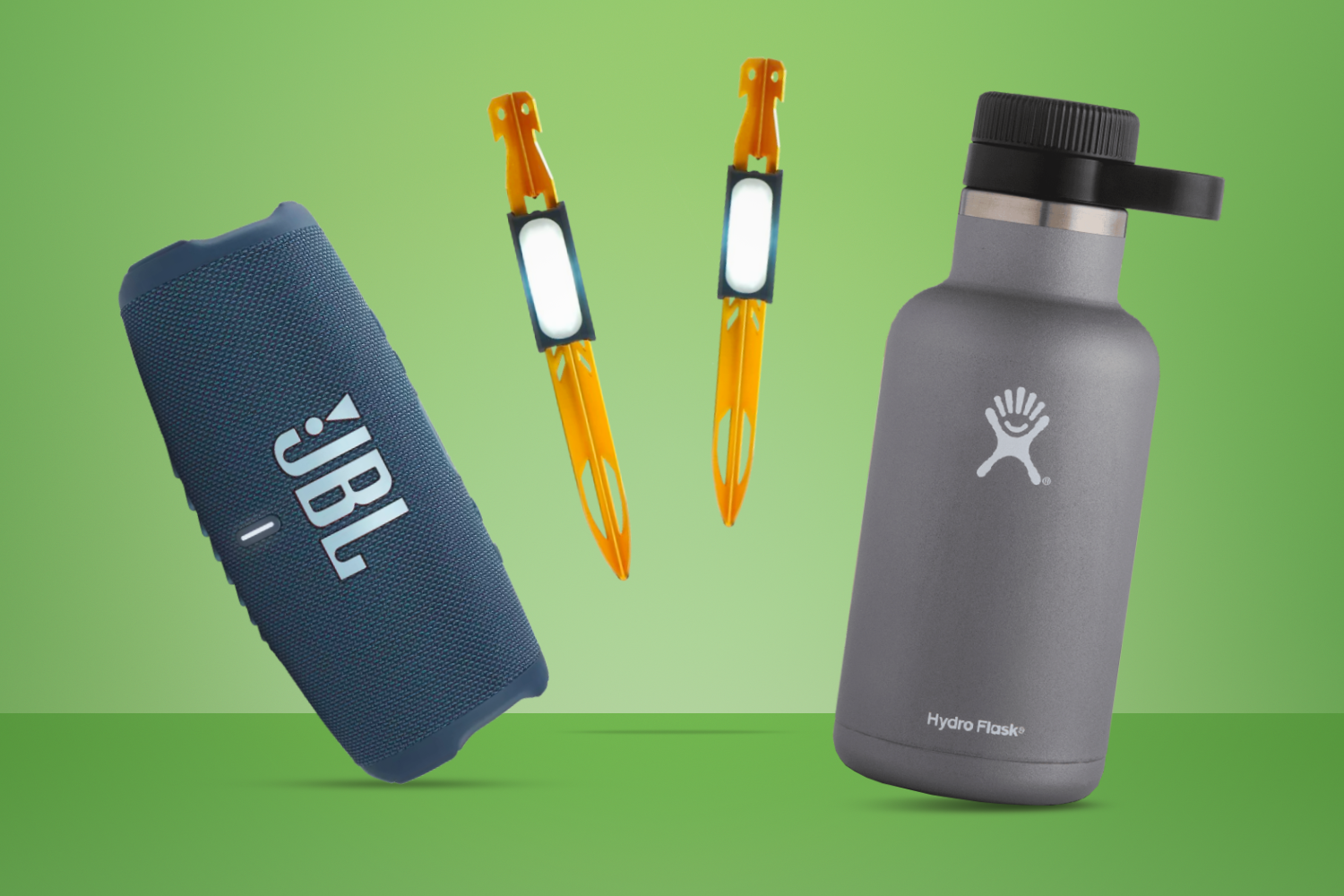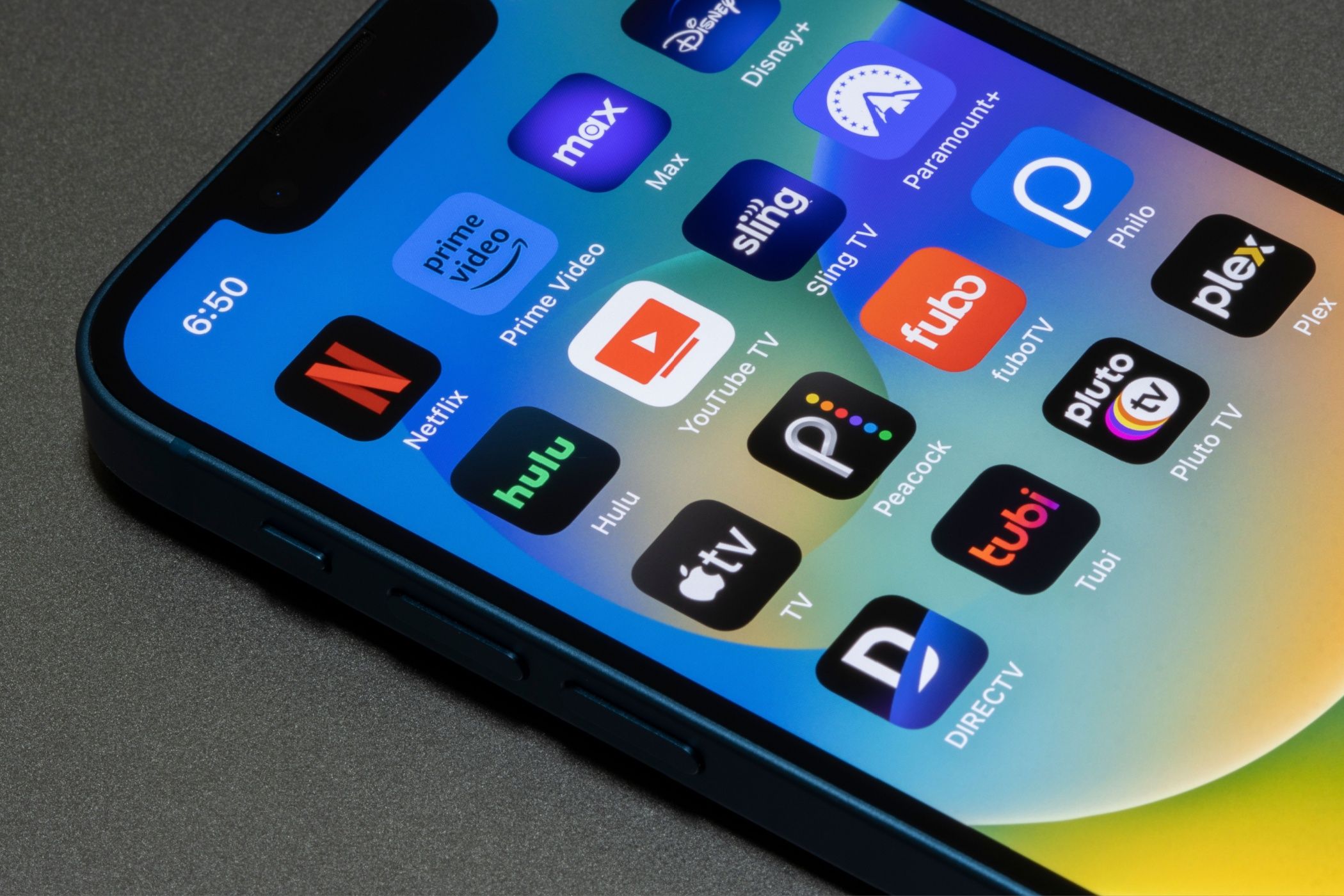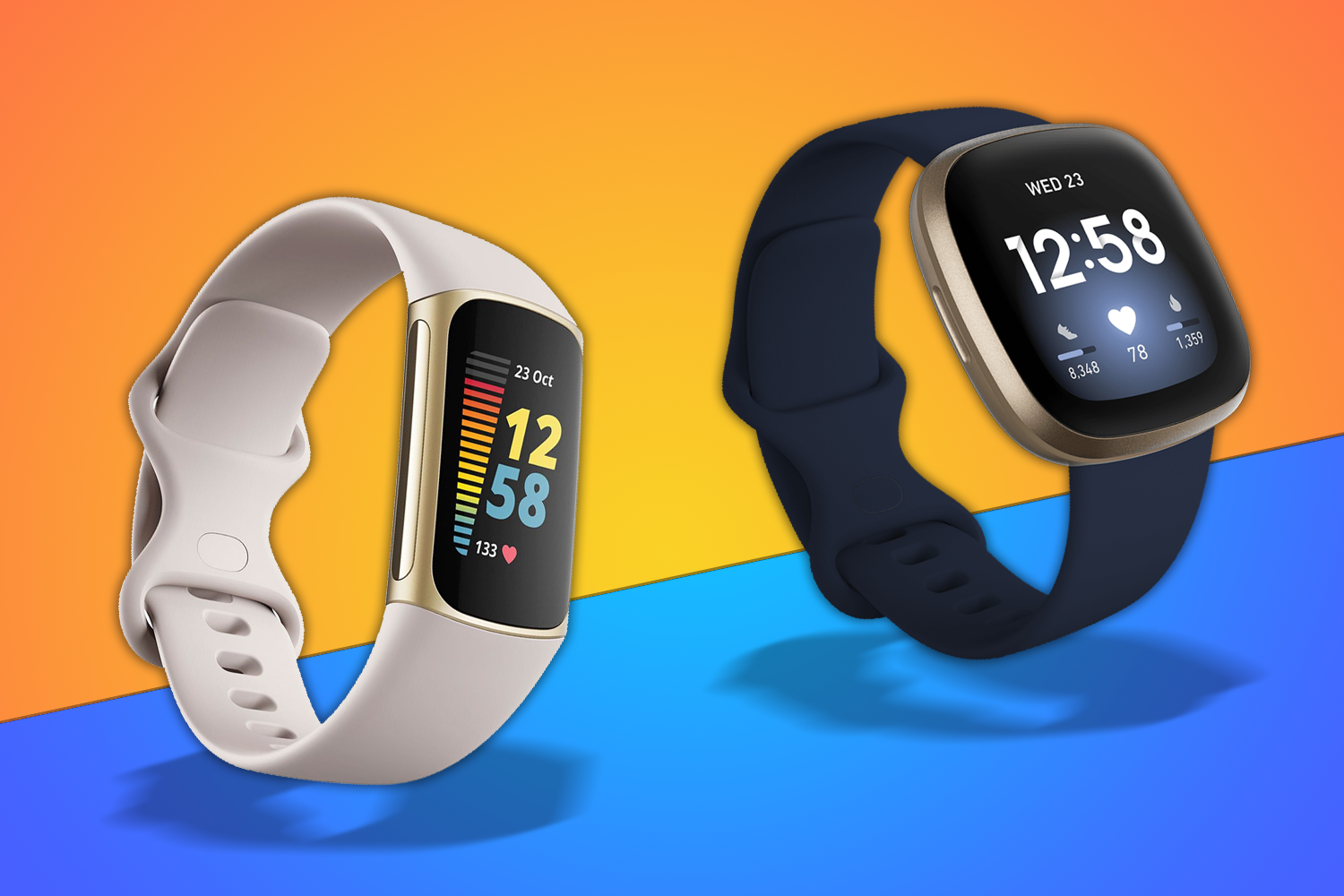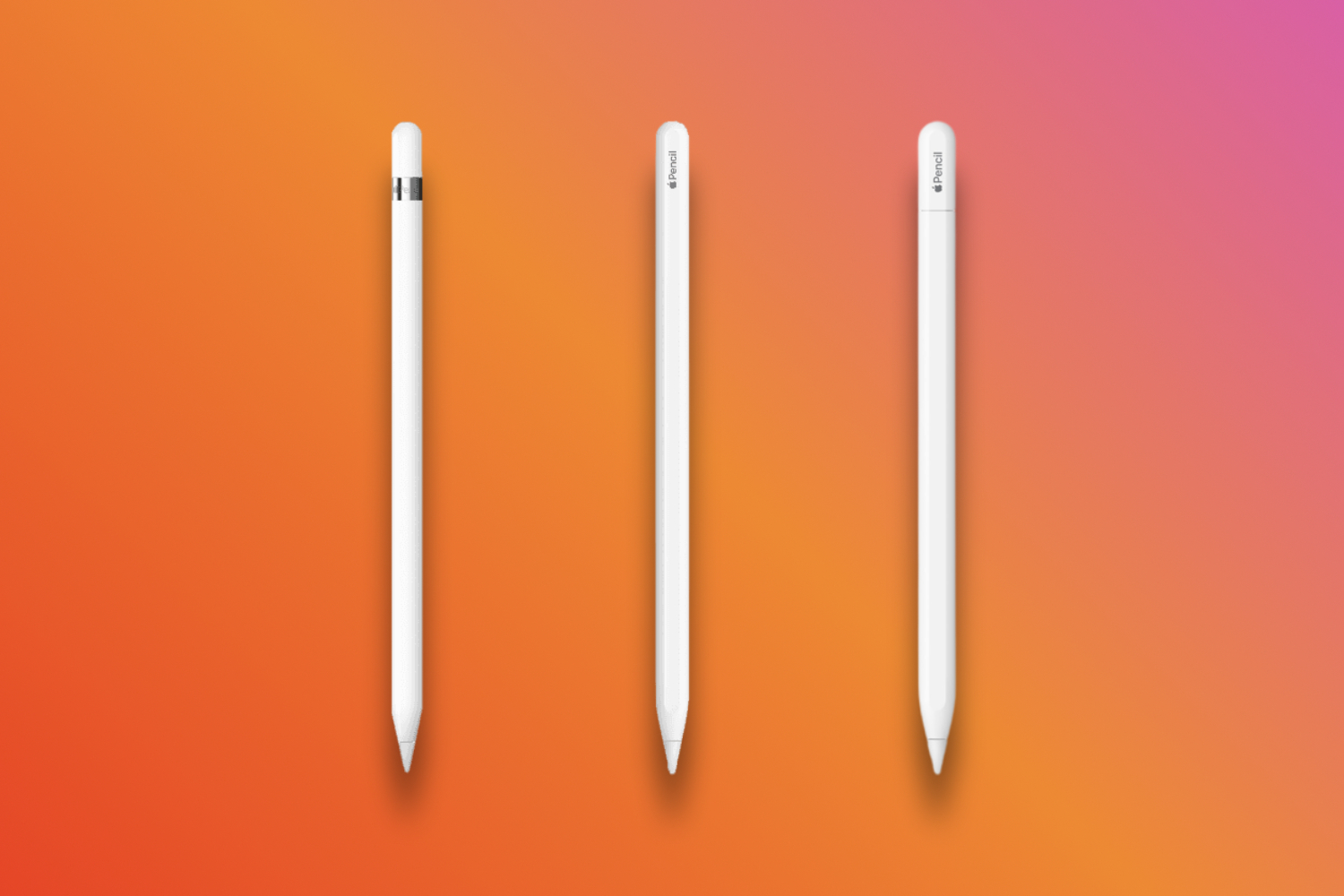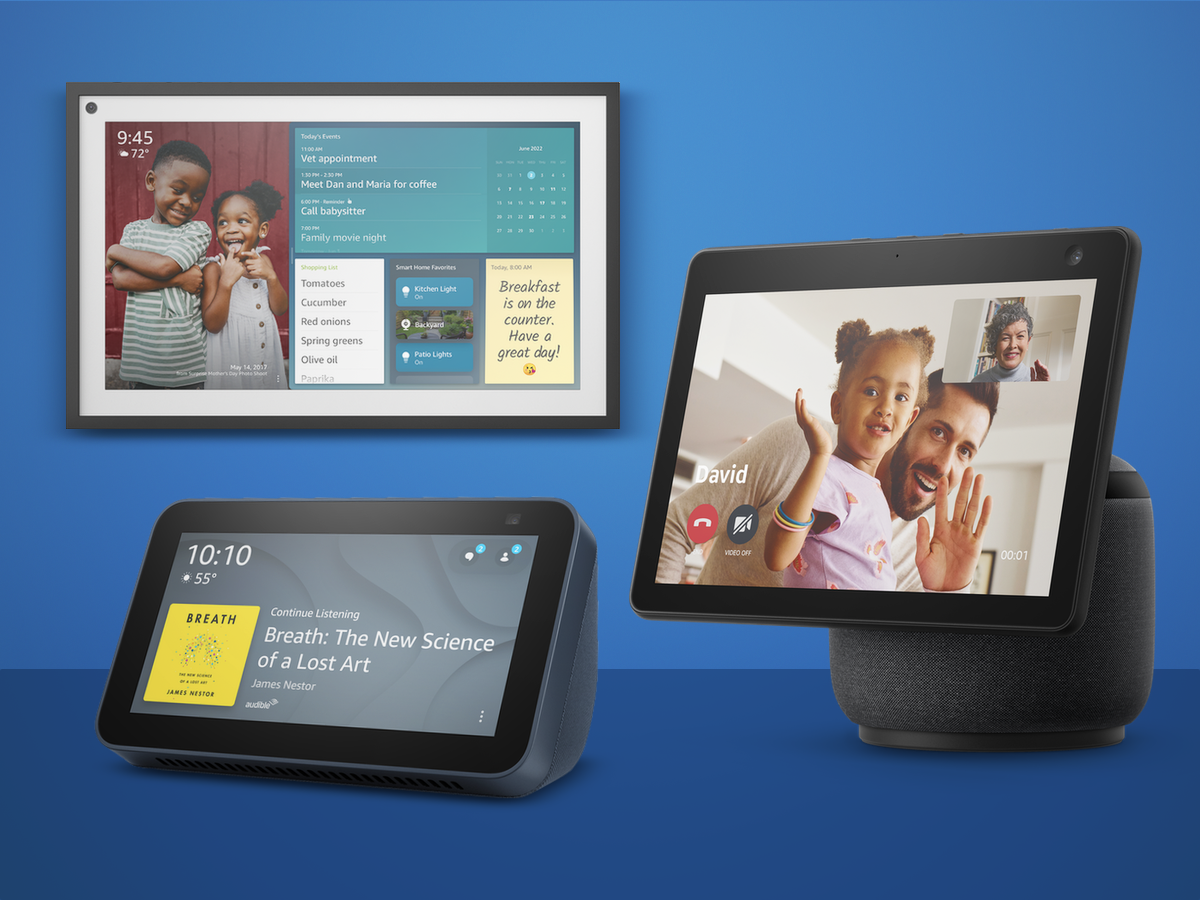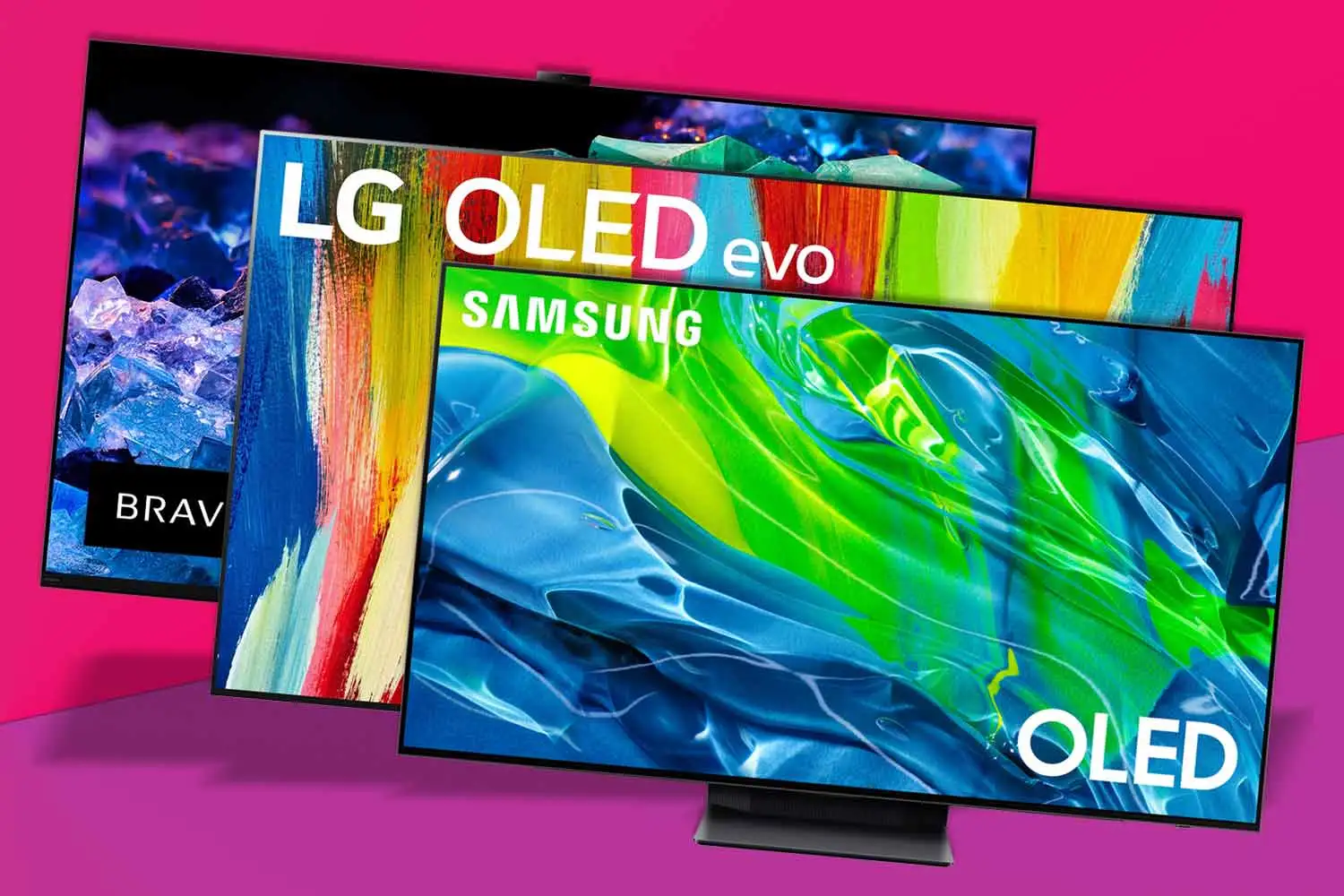Looking for a stylus for your top iPad model? Well, good news. Apple makes the perfect accessory to go with it. Less good news. There are now four different models, each with different features, different compatibility, and a different price.
But lots of things crossover. Oh, and one needs a dongle. Confusing, right? Don’t worry – we’re here to compare the Apple Pencil models.
What are the Apple Pencil models?
There are now four different Apple Pencil models: Apple Pencil (1st generation), Apple Pencil (2nd generation), Apple Pencil (USB-C) and Apple Pencil Pro.
The Pro is Apple’s latest, having been revealed alongside the new iPad Pro in May 2024. Currently, it will only work on new 2024 models, including the refreshed iPad Air.
You can use iPad mini 6th gen, iPad Air 4th gen and on, iPad Pro 12.9-inch 3rd-gen and later, and all iPad Pro 11-inch models with the 2nd-gen stylus. Here’s the pricing:
The USB-C model works with iPad 10th gen, iPad mini 6th gen, iPad Air 4th gen and on, iPad Pro 12.9-inch 3rd-gen and later, and all iPad Pro 11-inch models.
Don’t see your iPad listed above? You’ll need to opt for the 1st gen Pencil instead. Here’s the latest pricing:
What’s similar?
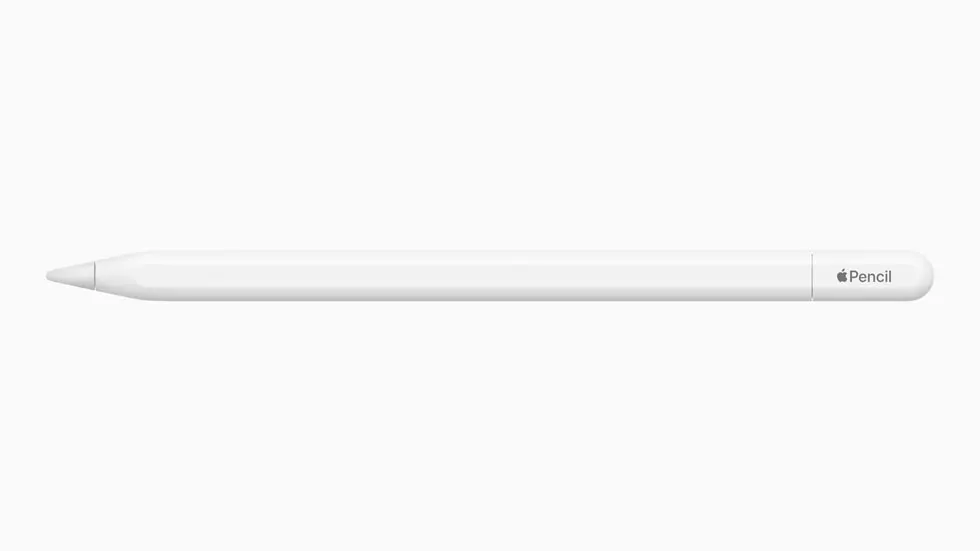
Arguably the biggest similarity between the Apple Pencil models is design. Each stylus is a white stick – you’d be surprised by how similar in proportions it is to a real pencil. The 1st-gen opts for a glossy white finish, with a shiny metal finish around the magnetic cap. Gen 2 ditched the cap, went matte, and flattened one side for magnetic attachment and charging on your iPad. The Apple Pencil Pro looks all but identical. The USB-C model grew a slidable USB-C port, for easier charging.
Each of the four models offers pixel-perfect precision when you write, sketch, or draw. They all offer low latency while you use the Apple Pencil, and tilt sensitivity for shading and other effects. All of the models play nice with iPadOS, including the latest features in iPadOS 17. The styluses work perfectly in Notes, Freeform, and other apps on your iPad. Of course, there are plenty of third-party notes and drawing apps designed to support the smart stylus.
And what’s different?
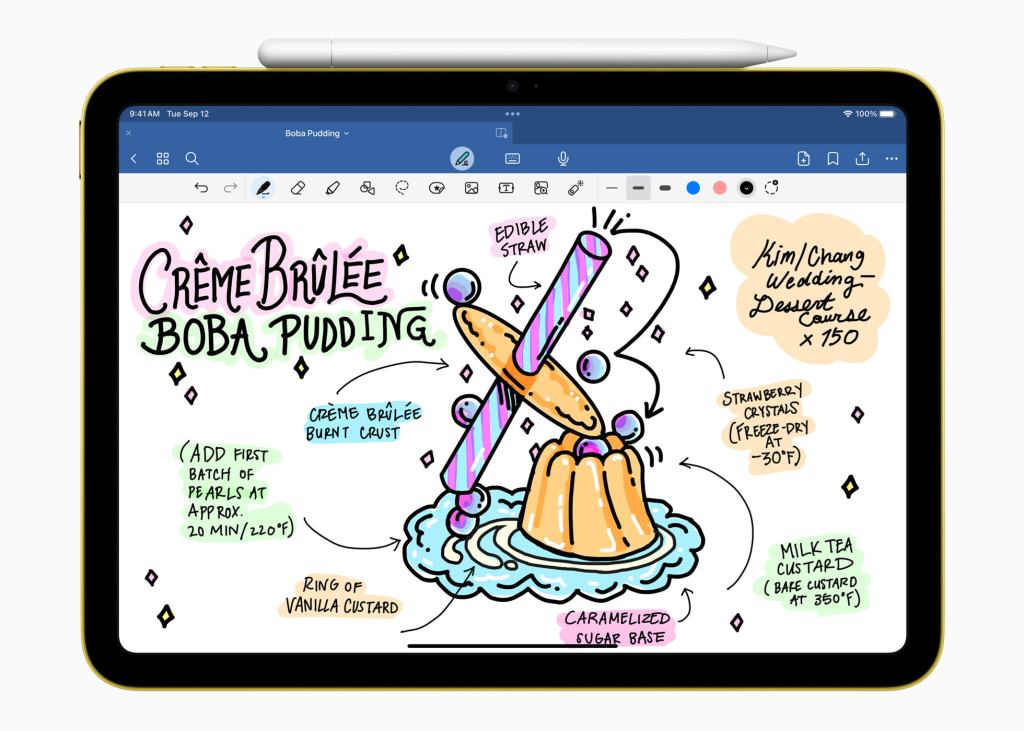

When it comes to the differences between the Apple Pencil models, things get a little more confusing. Gen 1 and Gen 2 both support pressure sensitivity that adjusts thickness based on how hard you push down with the stylus. The USB-C model ditched the feature, rendering itself more or less useless for drawing. The Apple Pencil Pro then brought it back, along with a gyroscope to recognise when you roll the Pencil for different ink effects.
The 2nd-gen, USB-C and Apple Pencil Pro magnetically attach to the iPad, but only the Gen 2 Pencil and Pencil Pro charge and pair wirelessly. The 1st-gen option is left out of the magnet game entirely. To pair and charge the 1st-gen Pencil, you use the Lightning port to plug it into your device. Of course, if you’re using a newer iPad with USB-C, this isn’t an option. And the USB-C Pencil slides up to reveal a USB-C port you must plug a cable into. Not as simple as you’d expect, eh?
There are a few other smaller differences as well. The 2nd-gen, USB-C and Pencil Pro models support the Hover mode on iPad Pro, which lets you preview your ink before placing it. Only the Gen 2 Pencil and Pencil Pro let you double-tap on the side to change tools, with the latter getting a haptic engine for tactile feedback when you do. It also has a new squeeze gesture, for triggering certain actions within drawing apps.

